Forex
Yen bulls stock up on options for any BOJ spring surprises
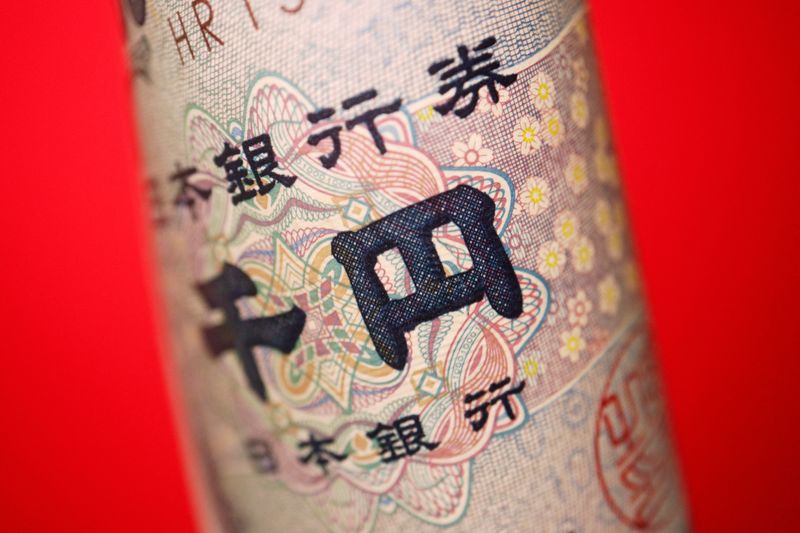
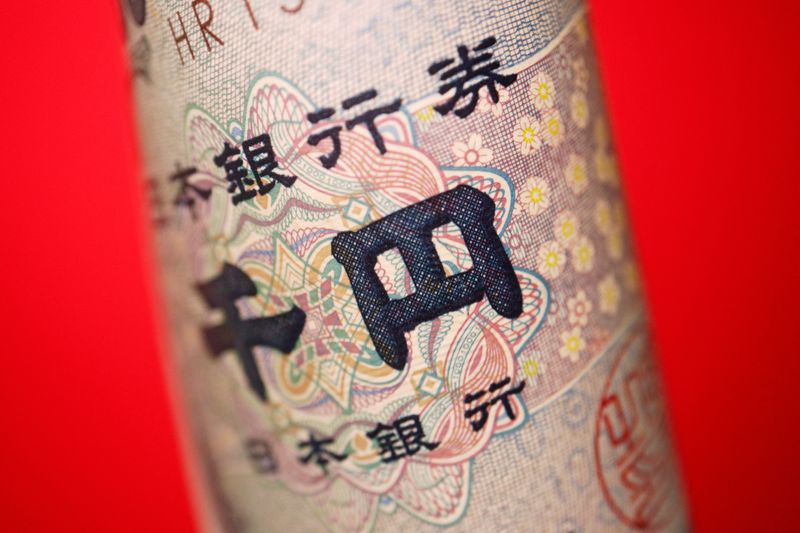
© Reuters. FILE PHOTO: A banknote of Japanese yen is seen in this illustration picture taken June 15, 2022. REUTERS/Florence Lo/Illustration/File Photo
By Rae Wee
SINGAPORE (Reuters) – Investors positioning for Japan’s first rate hike in nearly two decades have cooled on outright cash bets on the yen rising and turned to the options market to guard against any potential disappointment.
Japanese inflation has run above policymakers’ target for well over a year and Bank of Japan (BOJ) Governor Kazuo Ueda’s confidence that price gains are sustainable has strengthened an investor consensus that a rate rise will happen within months.
At the conclusion of its two-day policy meeting this week, the BOJ maintained its ultra-easy monetary settings but signalled its growing conviction that conditions for phasing out its huge stimulus were falling into place.
It is likely that higher short term rates would lift the yen and Japanese government bond yields, at least briefly.
A backdrop of markets dominated by U.S. data and the dollar, and a broad decline in foreign exchange volatility – which lowers options prices – has made options an attractive and risk-controlled way to trade the anticipated policy shift.
“Some players are positioned for a dollar/yen downside into March or April, because there’s still a chance for the BOJ to scrap (negative rates) at the March or April BOJ meetings,” said Yujiro Goto, head of FX strategy for Japan at Nomura.
“So I think a three-month option position makes more sense for speculators than cash short positions at the moment.”
For an up-front fee, or premium, an option allows investors to bet on currency moves without the risk of losses beyond the premium. A three-month contract could cover both meetings.
Three-month dollar/yen implied volatility, a measure of the cost of options contracts, has fallen through January to its lowest in about seven weeks.
That drop in volatility shows the one-sided nature of the bullish yen bets, while also making it cheaper to buy the options.
Depository Trust and Clearing Corporation (DTCC) data from LSEG shows dollar/yen options contracts worth a notional $1.9 billion were made within the last 30 days with expiries over the BOJ’s March meeting and strike prices between 133 and 152. The dollar last traded at 147.72 yen on Friday.
Contracts worth a notional $596 million cover the April meeting. A measure of the spread, or skew, between puts and calls also favours yen calls, suggesting options traders are wagering on the yen going up against the dollar.
To be sure, the skew has narrowed in recent weeks.
Data from the U.S. Commodity Futures Trading Commission shows that overall, the market is short yen because it can be borrowed so cheaply and sold for income-earning assets.
“While you do still have negative rates in Japan, we see that (as a) relatively attractive funding currency,” said Michael Dyer, investment director of multi-asset at M&G Investments.
Still, the latest net size of the short yen position has dropped to its lowest in 10-1/2 months of $4.8 billion and bond yields in Japan have begun to go up sharply as bets of an imminent BOJ move ramp up.
The 10-year Japanese government bond (JGB) yield has since climbed nearly 50 basis points from its 2023 low of 0.24% last March.
The yen, meanwhile, has failed to reflect these rising expectations of a shift in the nation’s monetary policy, as a still-dominant U.S. dollar has dragged on the Japanese currency.
“Since the beginning of this year, it has been difficult to find a strong yen trend in dollar/yen, and I think more and more investors prefer to bet with options,” said Hirofumi Suzuki, chief FX strategist at SMBC in Tokyo.
“If the BOJ moves, the yen is expected to appreciate by about five yen from the current level. Therefore, (dollar/yen) is expected to fall below 140.”
Forex
Asia FX on guard before payrolls data, yen rebounds amid likely intervention
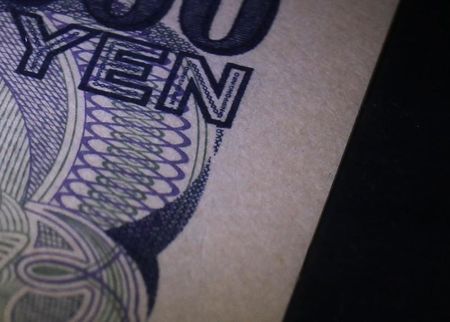
Investing.com– Most Asian currencies rose slightly on Friday, capitalizing on a drop in the dollar as markets hunkered down before key U.S. payrolls data that is likely to factor into interest rates.
The dollar was also pressured by a rebound in the Japanese yen, which pulled further away from 34-year lows amid what appeared to be government intervention in currency markets.
Weakness in the dollar offered some breathing room to regional currencies, although they were still nursing steep losses on the prospect of U.S. interest rates remaining high for longer.
Japanese yen firms amid likely intervention, USDJPY at 3-week low
The Japanese yen saw extended gains on Friday, with the pair- which moves inversely to strength in the yen- falling 0.4% to 153.02. The pair briefly hit a three-week low of 152.9.
The USDJPY pair was set to lose about 3.4% this week as it tumbled from 34-year highs. Traders and analysts attributed the drop largely to currency market intervention by the Japanese government.
The USDJPY pair had surged to 160 earlier this week. Traders said this level was the new line in the sand for currency market intervention.
Domestic Japanese markets were closed on Friday. But the lower volumes also aided the yen.
Still, the factors that had spurred recent yen weakness remained in play, chiefly the prospect of high-for-longer U.S. interest rates.
Broader Asian currencies rose slightly, capitalizing on an overnight drop in the dollar. The Australian dollar’s pair rose 0.2%, as markets positioned for potentially hawkish signals from the next week. Hotter-than-expected Australian inflation readings saw markets largely price out expectations of any rate cuts by the RBA in 2024, offering the Aussie some strength.
remove ads
.
Trading volumes in Asia remained muted on account of market holidays in Japan and China.
The South Korean won’s pair fell 0.3%, while the Singapore dollar’s pair fell 0.1%.
The Indian rupee’s pair fell slightly, and was trading well below record highs hit in April.
Dollar steadies from overnight losses, nonfarm payrolls awaited
The and steadied in Asian trade after tumbling in overnight trade, as pressure from the yen and expectations of no more interest rate hikes by the Federal Reserve dented the greenback.
Focus was now squarely on data for April, which is due later in the day. The reading has consistently beaten estimates for the past five months, with any signs of persistent labor market strength giving the Fed more headroom to keep rates high for longer.
The Fed signaled earlier this week that it had no plans to cut rates in the near-term, especially in the face of sticky inflation.
Forex
Japanese yen rises, USDJPY hits 3-week low on suspected intervention
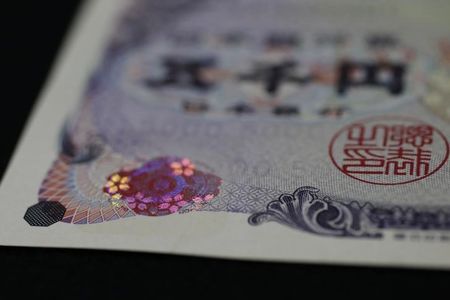
Investing.com– The Japanese yen firmed on Friday, with the USDJPY pair hitting a three-week low after sharp declines through this week that traders largely attributed to government intervention.
The pair, which gauges the amount of yen required to buy one dollar, was trading down 0.2% at 153.34 yen. It had fallen as low as 152.9 on Thursday, reaching its weakest level since mid-April.
The USDJPY pair fell sharply through this week amid increasing evidence that the Japanese government had intervened in markets on at least three separate instances- on Monday, Wednesday and Thursday.
The suspected intervention came after the USDJPY pair surged to 160 at the beginning of the week, which traders said was the new line in the sand for the yen. The Japanese currency started the week at its weakest level since 1990.
The factors that had pressured the yen in the lead-up to this week still remained in play. Recent comments from the U.S. Federal Reserve reinforced expectations that interest rates will remain high for longer.
A widening gap between U.S. and Japanese rates was a key point of pressure on the yen, with a historic rate hike by the Bank of Japan in March doing little to alleviate this pressure.
The BOJ also offered middling signals on future rate hikes during a late-April meeting, which triggered the yen’s recent bout of losses.
While Japanese government officials did not directly confirm this week’s intervention, Reuters estimated that Japan may have spent between 3.66 trillion yen and 5.5 trillion yen ($23.59 billion- $35.06 billion) when intervening in markets on Monday, based on BOJ data.
remove ads
.
Forex
Yen higher after suspected intervention
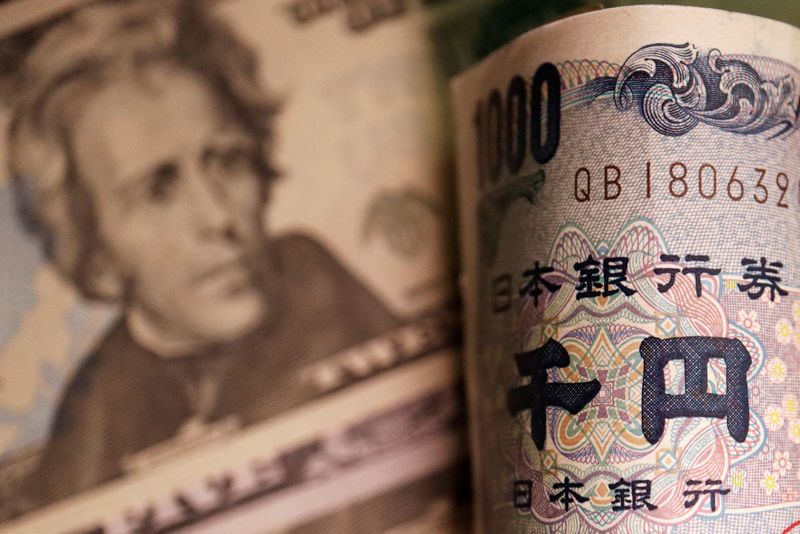
By Karen Brettell
NEW YORK (Reuters) – The yen gained on Thursday, following a sudden rally late on Wednesday that traders and analysts attributed to intervention by Japanese authorities, while the dollar was broadly lower before key jobs data on Friday.
The sharp move in the yen on Wednesday came in a quiet period for markets after Wall Street had closed, and hours after the U.S. Federal Reserve had wrapped up its policy meeting.
Fed Chair Jerome Powell confirmed the central bank’s expectation to cut rates, but acknowledged such a move would come later than expected due to stubbornly high inflation.
The dollar eased, however, due to the Fed not adopting a more hawkish tone that included the potential for further rate hikes.
The timing of the intervention was “pragmatic,” as “volumes were light, liquidity was thin, and it’s easier to make an impact at that time,” said Brad Bechtel, global head of FX at Jefferies in New York.
The dollar was last down 0.9% at 153.09 yen..
Japan’s vice finance minister for international affairs, Masato Kanda, who oversees currency policy at the Ministry of Finance, told Reuters he had no comment on whether Japan had intervened in the market.
Wednesday’s volatility came after a similar move on Monday, which was also during a time of light trading.
“Clearly they want to make as much as an impact and do it as efficiently as possible,” said Bechtel.
The Bank of Japan’s official data indicated Japan may have spent 3.66 trillion yen ($23.59 billion) on Wednesday and 5.5 trillion yen ($35.06 billion) supporting the currency on Monday to pull it back from new 34-year lows.
remove ads
.
While the supposed interventions may buy Japan some time, the trend is likely to remain negative for the Japanese currency until the U.S. economy slows and as long as the Bank of Japan disappoints traders on how far it is willing to raise rates.
The dollar remains up more than 10% against the yen this year, as traders push back expectations on the timing of a first Fed rate cut, while the BOJ has signaled it will go slow with further policy tightening after raising rates in March for the first time since 2007.
The next major U.S. economic focus that could drive further moves in dollar/yen will be Friday’s jobs report for April, which is expected to show that employers added 243,000 jobs during the month.
“A lot hinges on tomorrow’s jobs report,” said Marc Chandler, chief market strategist at Bannockburn Global Forex in New York.
A weaker number would give Japanese authorities relief, and likely pull Treasury yields and the dollar lower. A strong report, however, could send yields and the greenback higher and increase the risk of further interventions.
If 10-year Treasury yields approach the 5% region, “I’d say the dollar/yen is going to come under more pressure,” said Chandler. “It’s all about what happens with U.S. rates – we’re sort of the big moving piece.”
Benchmark 10-year Treasury yields were last at 4.57%.
Data on Thursday showed that the number of Americans filing new claims for unemployment benefits held steady at a low level last week.
remove ads
.
The fell 0.38% to 105.31, while the euro gained 0.17% to $1.0728.
The dollar weakened 0.59% to 0.91 Swiss francs after Swiss annual inflation in April accelerated faster than expected.
In cryptocurrencies, bitcoin gained 3.56% to $59,319.

 Forex2 years ago
Forex2 years agoForex Today: the dollar is gaining strength amid gloomy sentiment at the start of the Fed’s week

 Forex2 years ago
Forex2 years agoHow is the Australian dollar doing today?

 Forex1 year ago
Forex1 year agoUnbiased review of Pocket Option broker

 Forex2 years ago
Forex2 years agoDollar to pound sterling exchange rate today: Pound plummeted to its lowest since 1985

 Cryptocurrency2 years ago
Cryptocurrency2 years agoWhat happened in the crypto market – current events today

 World2 years ago
World2 years agoWhy are modern video games an art form?

 Stock Markets2 years ago
Stock Markets2 years agoMorgan Stanley: bear market rally to continue

 Economy2 years ago
Economy2 years agoCrude oil tankers double in price due to EU anti-Russian sanctions

































